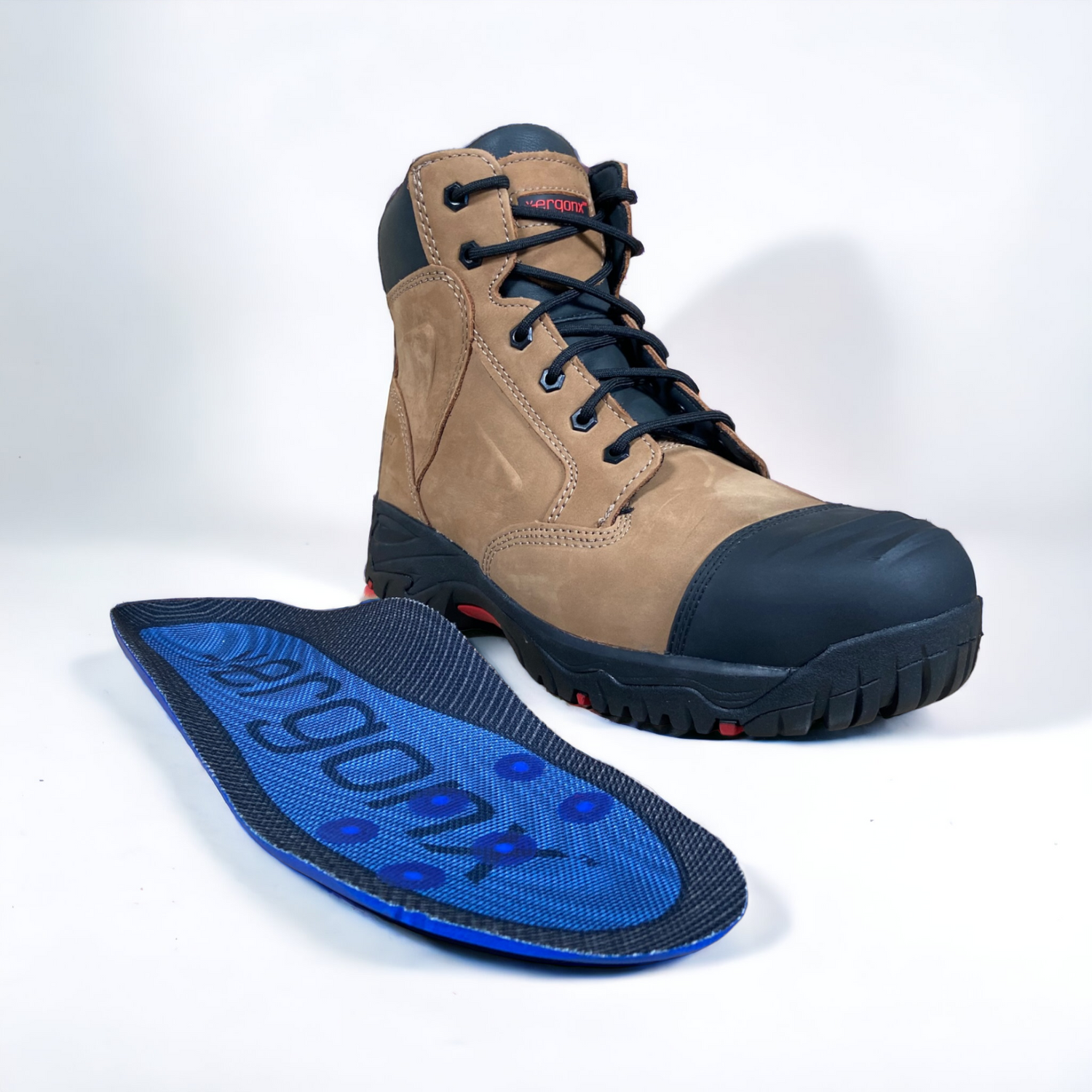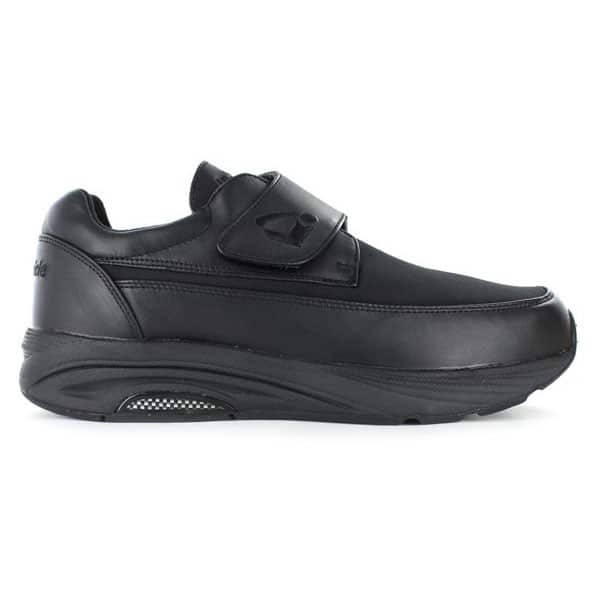Standing Hamstring Stretch
What muscles does the standing hamstring stretch target?
Hamstrings Group.
Sciatic Nerve
How to perform stretch:
Stand in front of an object (box) approximately at knee height as indicated here
Hips and shoulders should stay parallel to the object
Place one heel on the object
Bend forward from the hips (try not to use your lower back)
When the hamstrings are under tension, gently straighten your knee
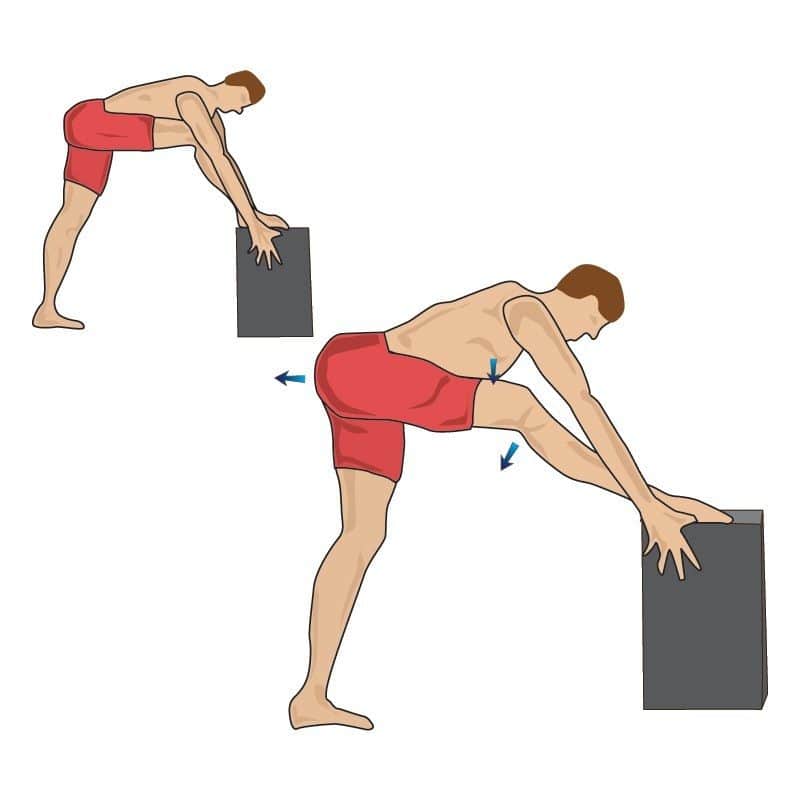
Anatomy:
The term Hamstrings refers to the posterior thigh muscles, which include Biceps Femoris (both long and short head), Semitendinosus and Semimembranosus. All the hamstring muscles, except for the Biceps Femoris Short head, are 2-joint muscles as they cross both hip and knee joint. Their action includes extension of the hip and flexion of the knee.
Hip extension is mainly carried out by the action of Gluteus Maximus.
Gastrocnemius has two heads (medial and lateral) arising from the femur just above the knee joint. Also a 2-joint muscle, it crosses both knee and ankle joint and inserts into the heel bone. It extends the knee while planter flexes the ankle. Its main action is to lift the foot off the ground during walking.
The Sciatic Nerve comprises of many small spinal nerves that join to form a big nerve trunk. This nerve travels down at the back of the hip beneath the Piriformis muscle, descending at the back of thigh towards the knee where it divides into many small nerves.
Advantages:
This stretch is beneficial to improve ease of bending down to the floor and kicking.
Regular exercise, running or walking conditions and tightens the Hamstrings.
Stretching of Sciatic nerve is helpful in relieving lower back stiffness or other problems. However, if there are abnormal sensations of tingling, numbness or even pain in the leg, expert medical advice is imperative.)
Checking for the Muscle Length:
The length of Hamstrings is checked with the person lying face upwards and the other leg lying parallel to the floor. The pelvis is kept in a neutral position so that when the leg is raised it doesn’t sway backwards. The knee is maintained in an extended position.
When the leg is raised, the stretch is felt when the hips are flexed to about 90 degrees usually. If one encounters pain in the leg or in the lower part of spine, or if there is any other abnormal sensation such as numbness or tingling, medical consultation is recommended.

